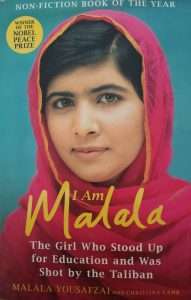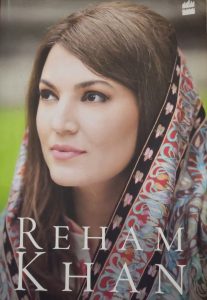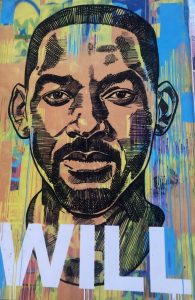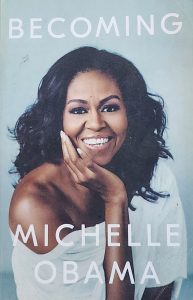Table of Contents
Toggle Book Review
Book Review
I Am Malala is an inspiring memoir that tells the extraordinary story of a young girl from Pakistan’s Swat Valley who stood up for girls’ education in the face of fear and violence. Malala Yousafzai recounts her childhood under the growing influence of the Taliban, her deep love for learning, and the dangers her community endured as extremism spread.
The book paints a vivid picture of Pakistan — from its breathtaking mountains to the suffocating restrictions imposed by extremists. Malala’s voice is both honest and courageous, detailing her activism and the harrowing day she was shot by the Taliban at just 15 years old.
I am Malala is divided into five parts, each capturing a different stage of her journey:
Part One – Before the Taliban
Malala describes her early life in the Swat Valley with her parents — her father, Ziauddin (a passionate advocate for education), her mother, Toor Pekai, and her younger brothers, Atal and Kushal. She shares her father’s struggles to establish Khushal School, his vision for expanding education despite financial hardships, and the shifting political landscape in Pakistan.Part Two – The Valley of Death
This section covers the rise of the Tehrik-i-Taliban in Swat, the ongoing war in Northwest Pakistan, and the return and tragic assassination of Benazir Bhutto. Malala illustrates how daily life became increasingly dangerous under Taliban rule.Part Three – Three Bullets, Three Girls
Here, Malala recounts the attack on her school bus, exploring why she was targeted and what led to that life-threatening moment.Part Four – Between Life and Death
This part details her long and painful road to recovery after the shooting.Part Five – A New Life
Malala reflects on her surgeries, including facial nerve repair and a cochlear implant, as well as her family’s journey of adapting to life in Birmingham, far from their home in Pakistan.
What makes this memoir so powerful is its balance of personal warmth and global significance. Malala doesn’t present herself as a flawless hero; instead, she comes across as a determined, hopeful young girl — strengthened by her family’s love and her unshakable belief in every child’s right to education.
What I don’t like about the book?
As reader you might feel that certain events and themes are repeated, making the story longer than necessary. The middle chapters, especially on Taliban influence, can feel heavy and less personal compared to the opening and ending.
About Author
Malala Yousafzai is the co-founder of the Malala Fund and author of I Am Malala. In 2014, she became the youngest Nobel Peace Prize laureate for her fight for girls’ education. A global advocate, she has spoken at the UN and earned a degree in Philosophy, Politics, and Economics from Oxford University.
Christina Lamb is an award-winning British journalist and one of the UK’s leading foreign correspondents. She co-authored I Am Malala and is known for her reporting on war, human rights, and international affairs.
Conclusion
I am Malala is a moving, eye-opening read that celebrates resilience, courage, and the power of education. Perfect for anyone who needs a reminder that one voice can change the world.





